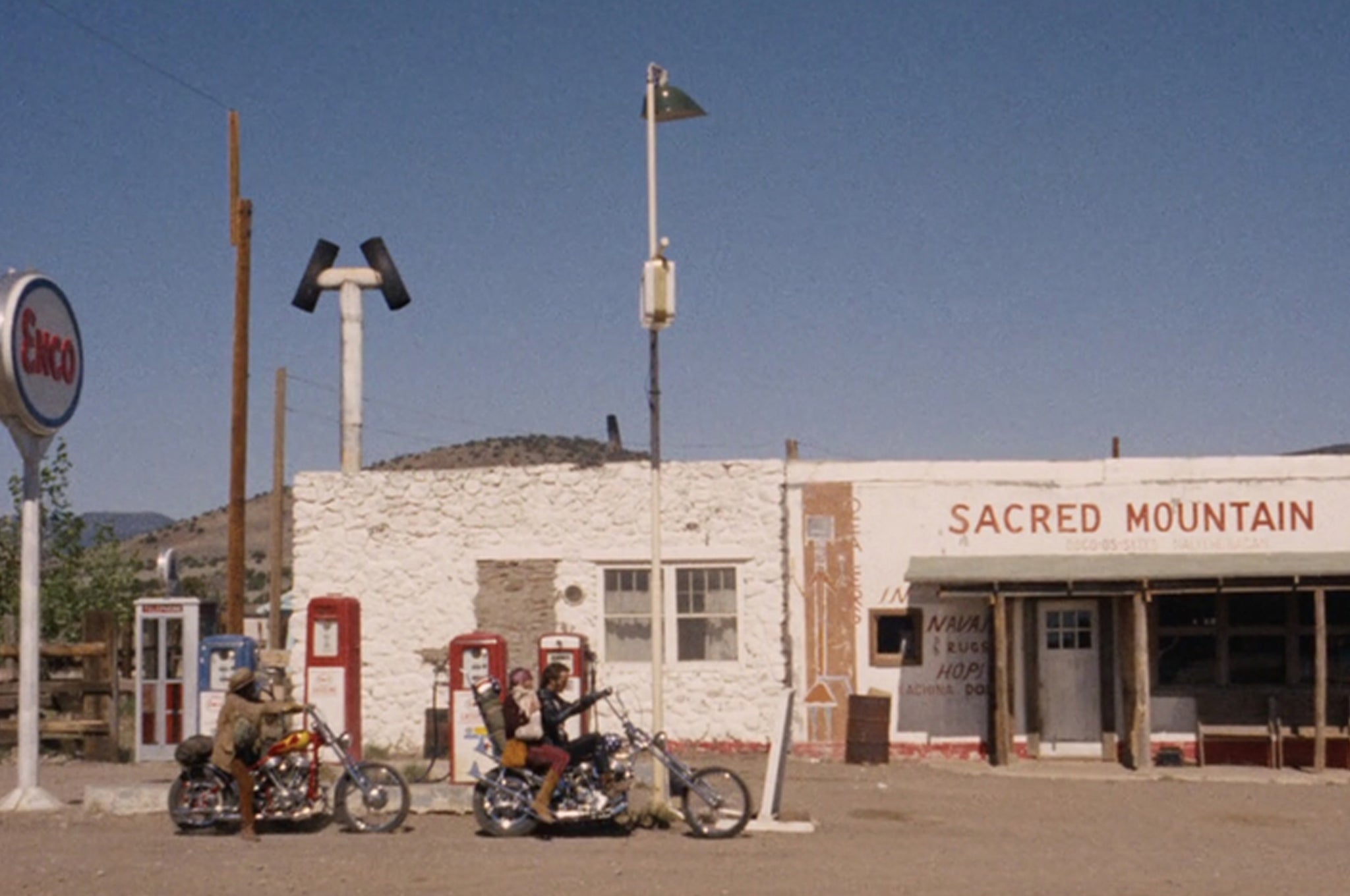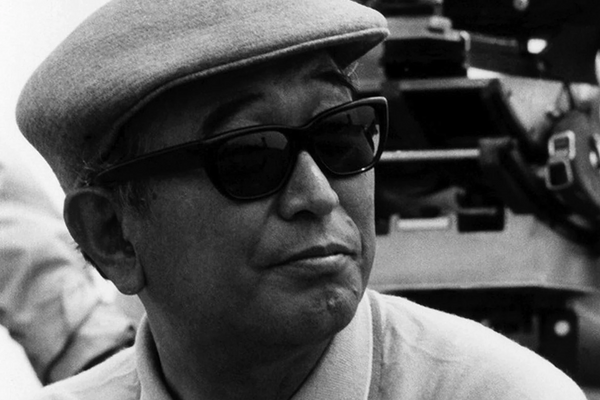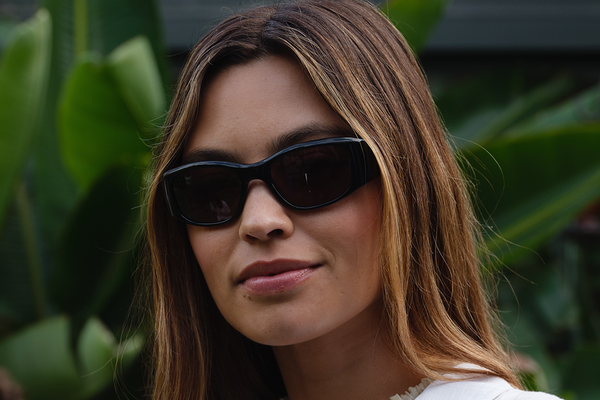The year was 1969. Vietnam was raging, rock n’ roll and LSD were everywhere. Woodstock had just brought 400,000 people to an upstate New York field looking for musical salvation. Amongst it all, a trio of stoned Hollywood buddies who had collaborated on 1967’s The Trip, got together again and created a movie that would blow any remaining naiveté about the changing times out of the water. Peter Fonda calls Dennis Hopper. Dennis Hopper calls Jack Nicholson, and a rag tag crew heads out on the road with badass bikes, cool clothes, and enough cocaine to jumpstart a Harley to make what would become Easy Rider.
Easy Rider is a seriously stylish movie. If only because it set the bar for what would become the core masculine cool guy archetypes of the seventies: Nicholson’s drunken, down-for-anything prep in cream suits and varsity jackets, Fonda’s swinging leading man in biker leather and denim, and Hopper’s Taos cowboy-shaman. (Plenty of all three could be found at Studio 54 any night of the week.) Not to mention the eyewear is out of sight. Here, a deep dive on the big three, and their frame choices.


Peter Fonda as “Wyatt”:
Fonda’s handsome, leading man looks are accentuated in the movie by a sleek, and sporty metal Ray-Ban custom wrap frame called the Olympian I DLX. The “two-point brow-bar” configuration on the Olympian I DLX is a shared characteristic with Ray-Ban’s first iconic design, the Aviator, and called to mind classic aeronautical and US Navy designs of the times. Paired with Fonda’s biker leather, it’s a perfect microcosm of the clash of influences cherry-picked by the counterculture.


Dennis Hopper as “Billy”:
Throughout the annals of eyewear lore there has always been the elusive array of styles that have avoided identification: Hopper’s shades in Easy Rider are one of them. Originally pegged as the Rochester Optical MS9 Romco “BCG,” US Army Standard Issue, optical nerds rebuffed that sentiment years ago. Now, there’s speculation that the black, square celluloid frames could have been produced by a midcentury glassmaker in the Italian alps called Safilo. Whatever the source, the dark, blackout frames were the perfect way to shield Billy’s eyes from the realities of the road.


Jack Nicholson as “George”:
Nicholson's lovable lawyer, George, wears a full-aluminum Browline released by Bausch & Lomb in the early 1960s that was inspired by a classic Shuron Ltd. concept. (It also went on to influence other classic styles like the Ray-Ban Clubmaster.) The frame gets its name from the distinct, multi-material crowning. Nicholson’s particular design featured heavily accented brows, contoured at the end-piece and a clip. This look was already an Ivy League standby that now is seen pretty much everywhere.



